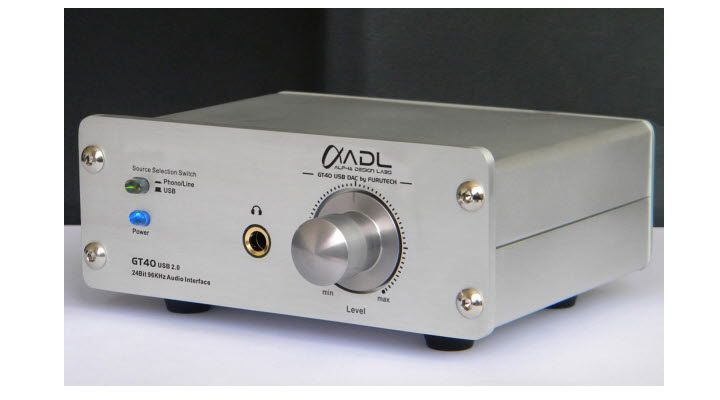
In addition to the main listening room of the William Ralston Listening Library and Archive at the University of the South, which I described in my review of the VPI Scout turntable, there is an additional student listening room, equipped with headphone listening stations for playback of vinyl. The issue we faced was how to make each listening station simple to configure and easy to operate. Minimizing box count was important. Cost was also a consideration since we were planning up to a dozen such stations. There are a few inexpensive integrated amplifiers with phono stages and headphone outputs, but we didn’t need the power amplifier section, which added needless bulk and cost, and the phono inputs tend to be limited to moving magnet (MM) cartridges. There also are many headphone amplifiers with line level inputs, but that would require the purchase of separate phono stages and additional sets of interconnects. I was charged with finding a solution. It presented itself to me at CES 2010 in the form of the $525 Furutech ADL GT40 (hereafter, the “GT40”).
The GT40 is a unique product which precisely fit our needs. It is a MM/MC phono preamplifier, line level preamplifier, and USB DAC with headphone and line level outputs. The only other phono stage with a headphone amplifier I am aware of is the Bellari VP130 MM. It is a tube unit, raising maintenance issues (and tube rolling possibilities), is limited to MM cartridges, and, frankly, its construction quality is not very robust. The GT40’s USB input is a bonus, leaving us with the ability to dish up digital audio files in the future from, say, a MacMini fed from a centralized multi-terabyte music server with backup. An iPad running Apple Remote could serve as the interface. I say future ability because it will take some time to catalog, rip, and enter the metadata for the roughly 14,000 classical CDs currently in the collection.
The more I thought about it, the more I came to realize that the GT40 would be the perfect entry-level preamplifier for someone with a collection of music on his laptop who also was interested in exploring vinyl. It is a small unit, measuring approximately 6” wide by 2.5” high by 5” deep (including connectors). On the back panel, the GT40 has an unbalanced stereo input, an unbalanced stereo output, a Type B USB connector, an input for the 9VDC wall wart power supply and a thumbscrew grounding lug. On the RCA input side, a small switch allows the user to choose between line level, 48.5db gain for MM cartridges and 62.5db gain for MC cartridges. When USB is selected from the front panel, the DAC is engaged and the USB connector serves as an input; when Phono/Line is selected, the ADC is engaged and the USB connector serves as an output. Yes, you can digitize your vinyl collection with the GT40. Both the DAC and the ADC are 96/24. In addition to source selection, the front panel has a power button and volume control which controls the headphone amplifier volume, the line level output gain, and the input gain to the ADC.
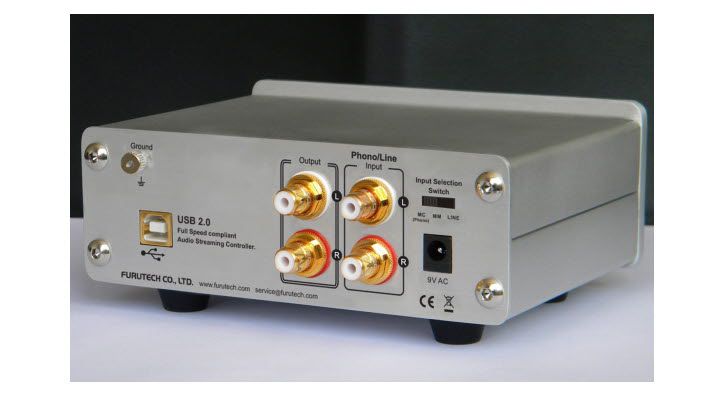
To determine playback sound quality for this review, I set up the following comparison: on the one hand the VPI Scout → GT40, and on the other the VPI Scout → Musical Surroundings Phonomena II → Benchmark DAC HDR. In both cases, digital files were played back from the USB output of my Windows 7 server running iTunes 10.5, the power amplifier was my reference Meridian 557 and the speakers were a pair of Dali IKON 6 MK2s I have on hand for a future review.
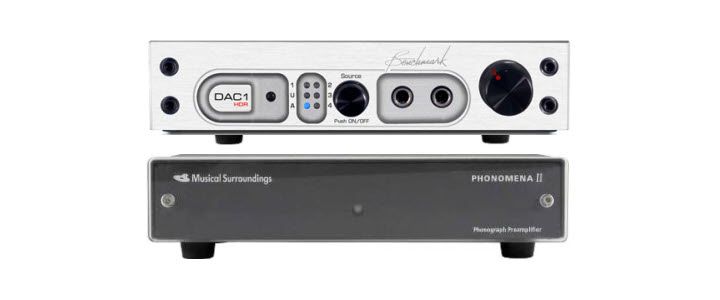
First up, a little vinyl. I chose the Third Movement (Allegro) from Beethoven’s Sixth Symphony “Pastoral” featuring Josef Krips conducting the London Symphony Orchestra, part of a seven record set released in 1960. The Everest pressings are remarkably quiet. My thinking was that this particular movement has wide dynamics and features massed strings, brass, woodwinds, and, toward the end, double bases. Imaging was good, though while the soundstage was relatively deep, did not extend outside the speakers. When compared to the Phenomena/Benchmark pair, I determined that this was a shortcoming of the recording rather than the GT40. I thought the woodwinds had a detailed and accurate reedy sound, and the brass had a, well, brassy rather than burnished sound, as was the case with the Peonomena/Benchmark. Massed strings were a mixed bag, with the crescendos tending to be a bit harsh and not well delineated. This was somewhat ameliorated with the Phenomena/Benchmark. Finally, in both cases, the double basses plumbed the depths with an appropriate growl. Overall, I would characterize the GT40 as being detailed and perhaps a bit thin, with the Phonomena/Benchmark having a warmer presentation. Since I do not know the sound of the master tapes, it could very well be that the GT40 was the more accurate of the two, with the Phonomena/Benchmark being slightly colored.
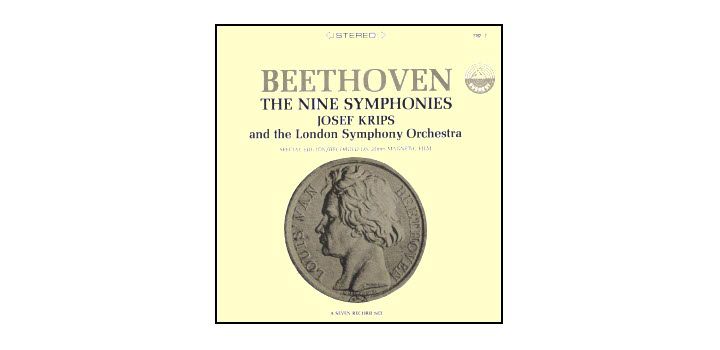
Thinking a more modern pressing would be more revealing of the differences between the GT40 and the Phenomena/Benchmark, I fell back on Analog Productions latest re-mastering of Cat Steven’s Tea for the Tillerman. On Longer Boats, both combinations were detailed, with the GT40 giving greater clarity to the picking of the strings near the bridge. Some might characterize this as being analytic. On the following track, Into White, the bass is quite prominent and both the GT40 and the Phonomena/Benchmark reproduced it with equal authority. Again, I think the Phonomena/Benchmark proved slightly warmer. Both provided an excellent playback experience and, in my judgment, the choice between the two largely boils down to preference. Keep in mind too, that the Phonomena/Benchmark combination is five times the price of the GT40.
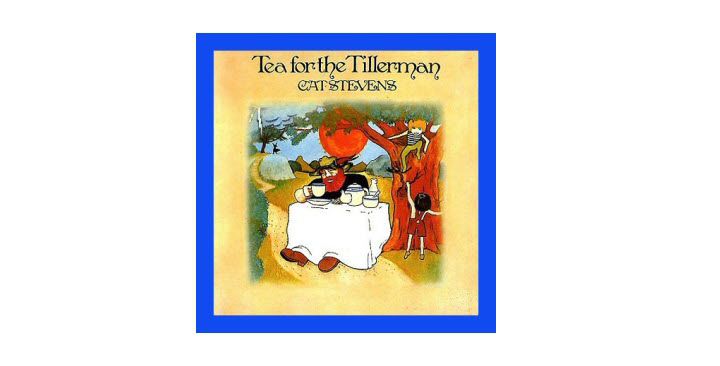
Shifting to the USB DAC, the GT40 is limited to 96/24 while the Benchmark goes to 192/24. As I have mentioned before, I do not view this as much of a disadvantage given the paucity of 192/24 recordings and my inability to distinguish between the two in any system I have heard to date. For my comparisons, digital playback was necessarily limited to 44.1/16 and 96/24 (the GT40 will do 88.2/24). I chose two albums: John Prine’s and Mac Wiseman’s Standard Songs for Average People for male vocals, and The Judd’s Heartland for female vocals. I chose both of these because of their minimalist miking techniques and limited musical density. The emphasis is on the voice and the individual instruments. I believe great restraint was shown in the mixing and mastering of these albums, with processing kept to a minimum. The Prine/Wiseman recording harkens back to early country records with some hilariously predicatable lyrics in the vein of Hank Williams and Asleep at the Wheel, a fair dose of western swing, and even gospel. It is as clean and uncluttered a recording as you are likely to find. Needless to say, there is no confusing the rather unique vocal talents of John Prine and Mac Wiseman. Instruments include guitar, slide guitar, bass, piano, accordion, brushed snare, and limited and subdued banjo and mandolin. The mother/daughter duets of the Judds were heartbreakingly beautiful. No problem transmitting the emotion of the music in evidence. To be perfectly honest, I could find nothing to fault with either DAC, and the detailed/warmth dichotomy I heard with the phono stages completely disappeared. That is quite a statement in favor of the much less expensive GT40.

Conclusion
I can think of no better solution for an entry-level audiophile interested in playing both vinyl and digital audio files than the $525 Furutech ADL GT40. It even provides the ability to transfer your vinyl collection to disc so you can take it with you. Pair it with a turntable, stereo amplifier, and speakers (or active speakers) and you have all the bases covered. The sound quality, while perhaps not quite up to the level of a separate phono preamplifier, line level preamplifier, and USB DAC, which together would cost significantly more, will leave you with a smile on your face. Spend the differential on a better pair of speakers than you had originally budgeted for and I think you will come out way ahead sonically. By the way, the Dali IKON 6 MK2s are knockout. But more about them later.
- Frank Berryman
Contact Information
Furutech
3F 7-11-1, Nishi Gotanda Shinagawa-ku
Tokyo, 141-0031, Japan
81-(0)3-5437-0281
http://www.furutech.com
[email protected]
Associated Equipment
Analog Source: VPI Scout; Dynavector 20X2 Special; Musical Surroundings Phonomena II
Digital Source: Windows 7 music server with ESI Juli@ soundcard; Halide Design USB to S/PDIF Bridge
Preamplifier: Meridian G68ADV; Benchmark DAC1 HDR
Power Amplifier: Meridian 557
Loudspeakers: Meridian DSP5500; Dali IKON 6 MK2
Cables: Digital: Meridian; Analog and Speaker: Audience Conductor “e”; Power: Volex/Marinco
Headphones: Etymotic ER-4S
Accessories: GIK acoustic treatments, dedicated 20 amp circuit; Audience adeptResponse aR2p power conditioner

